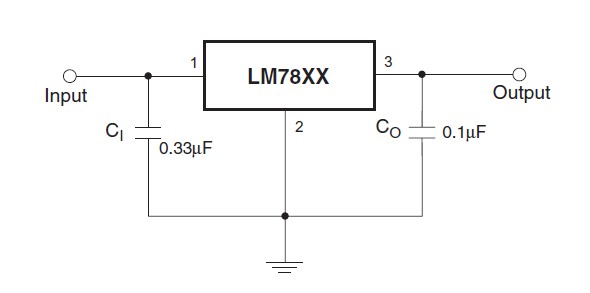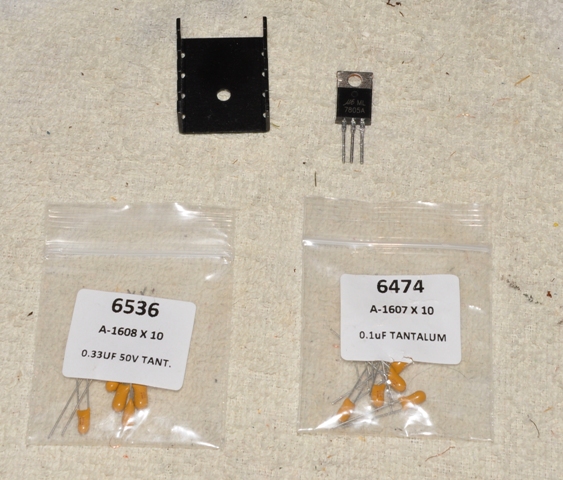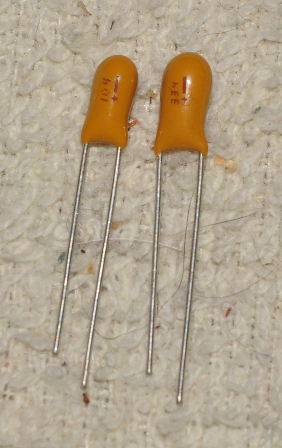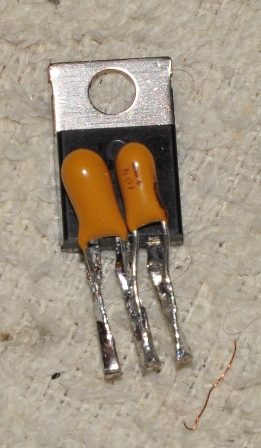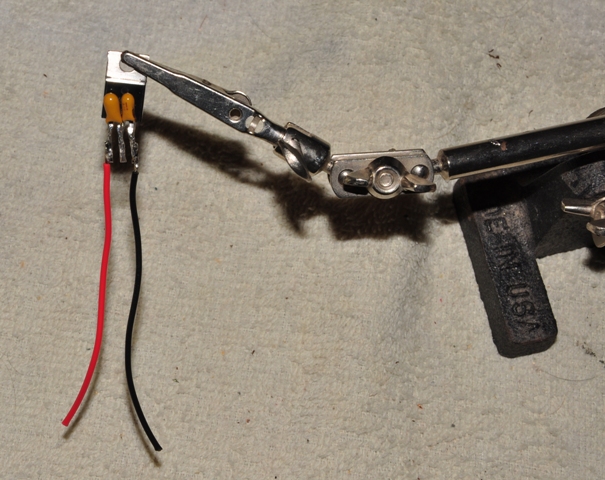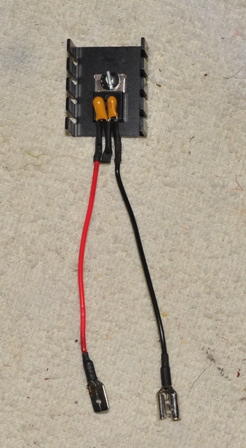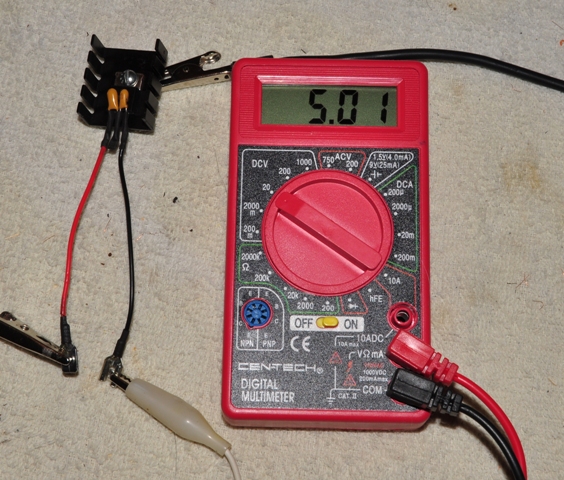http://youtu.be/a1ou2WHdylY
The replacements are quite expensive. The contacts also wear over time producing inaccurate voltages which will affect the accuracy of the two instruments. Here is a method of replacing the primitive mechanical regulator with the LM7805 voltage regulator that you can get for $2 at Radio Shack or on Ebay.
First, open the case. I used a small pair of channel-lock type pliers to work my way around the lip of the case.
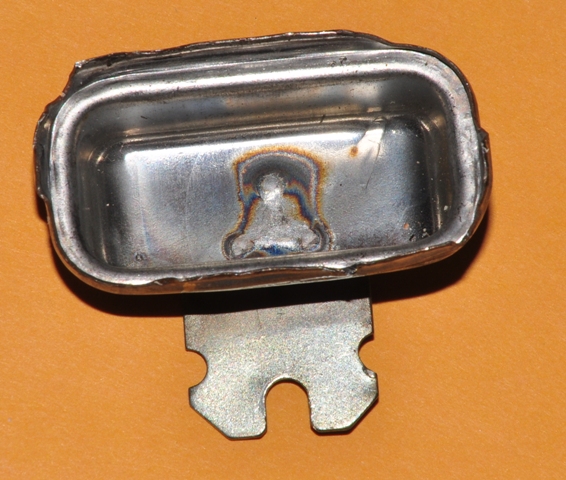
Here is one that I burned out a long time ago. The coil has overheated around the bi-metalic arm and is now useless.
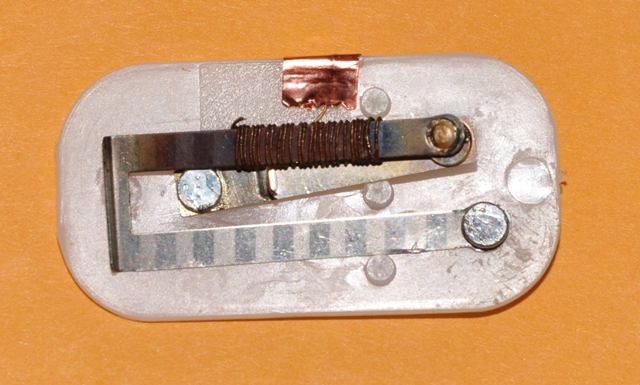
Here is a view of the contacts and adjustment screw. They are set at the factory to emulate somewhere around 5V maximum with the screw. Notice the piece of copper foil is used to ground the 12V coil to the case and to the body of the car.
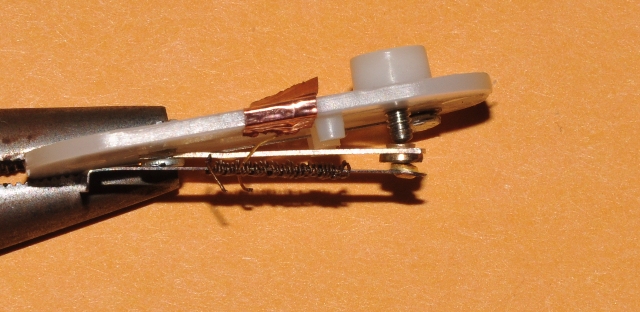
I pulled the connectors out of the existing contacts to the metal arms and re-riveted them using a pop rivet gun and the smallest rivets I had.
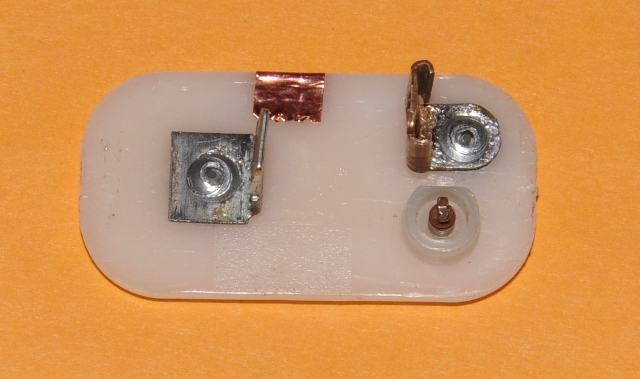
Here is a view of the rivets on the inside of the case. I have used some #4 washers to reinforce the rivets.
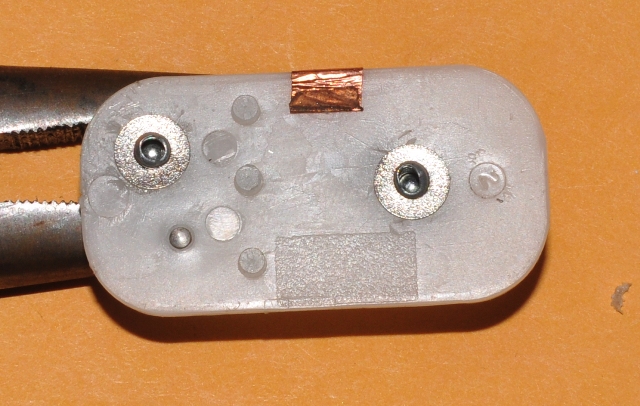
The next step is to prepare the 7805 regulator. A typical circuit that you will find in the 7805 datasheet and on the Internet calls for two capacitors, one on the input side and one on the output to reduce minor oscillations in the voltage. For this application, I am going to skip the capacitors, as they are not needed. After years of pounding oscillation from the IVR, your instruments won't mind a few millivolts of oscillation now and then. The contact on the left is voltage in, the middle contact and mounting tab is ground, and the contact on the right is 5V out.
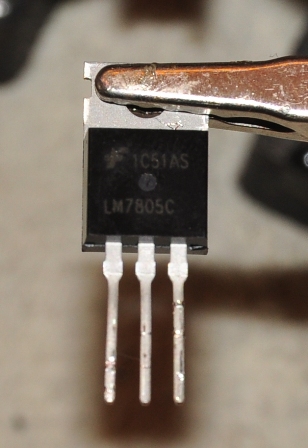
Cut off the leads at the point where they widen and then solder three color coded wires to the leads and cover them with shrink tubing.
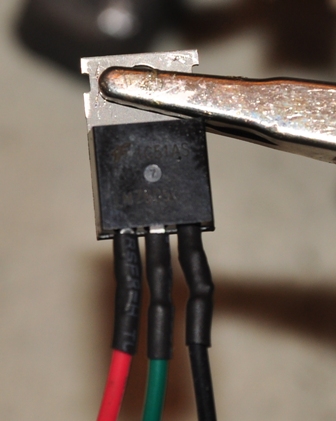
Add a dab of solder to the copper foil and to the rivets on the inward facing side of the plastic piece.
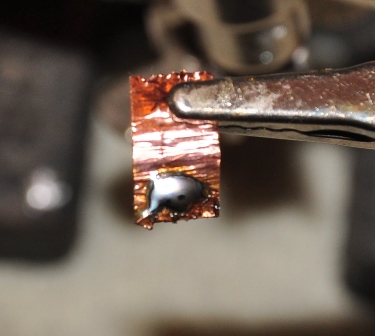
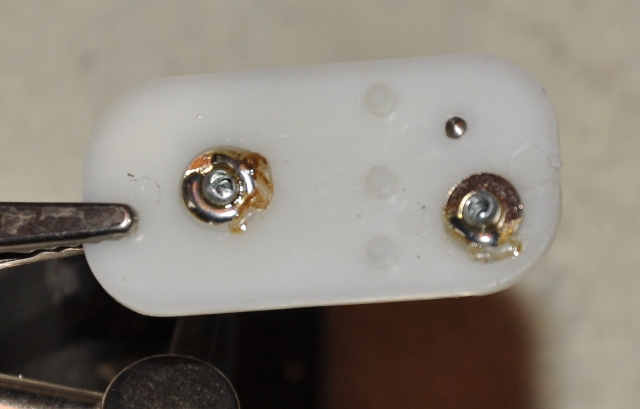
Now solder the 12V red wire to the terminal lableled IGN and the black wire to the output terminal. The green wire gets soldered to the piece of copper ground foil. I have covered the entire regulator with heat shrink tubing to prevent the attachment tab (which is ground) from touching contacts inside the case.
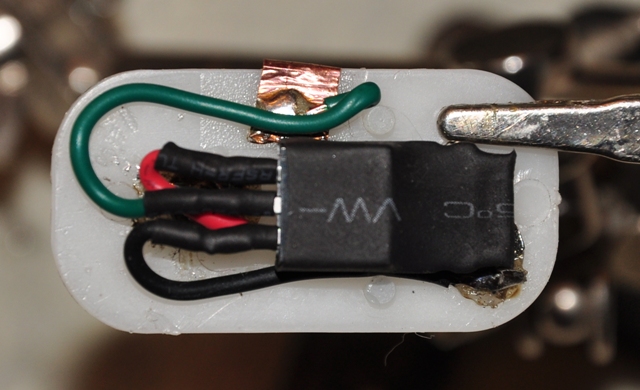
Before you seal it up in the case, bench test it with a power supply by connecting the copper foil to ground. Attach 12V to the IGN side of the regulator and the positive lead of your meter to the the output of the regulator and the negative side to ground of the power supply. If you get 5V, then you are ready to seal it up. Be sure the copper foil makes contact with the case at the outer edge. Now there is a steady voltage of 5V that will not change regardless of the the voltage applied to the input (5V to 18V).
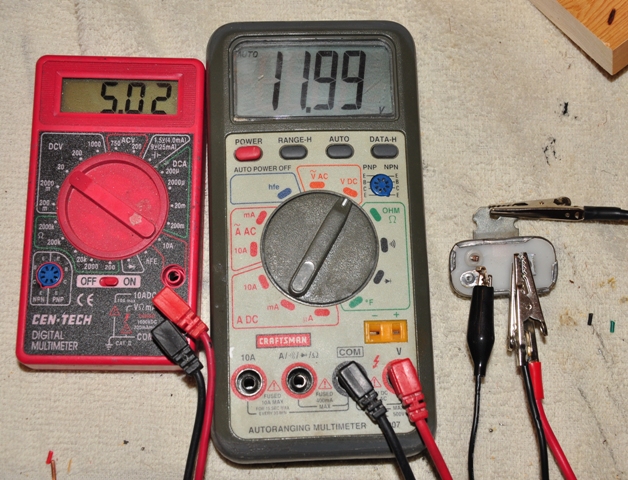
If you browsed for these on Ebay, you may have come across these solid state regulators for about $25. For $2, some solder and some patience, you can have the same regulator.
If you really want to stick to originality, you can reattach the radio noise suppression choke to the regulator. It will do nothing in this pure DC circuit.
